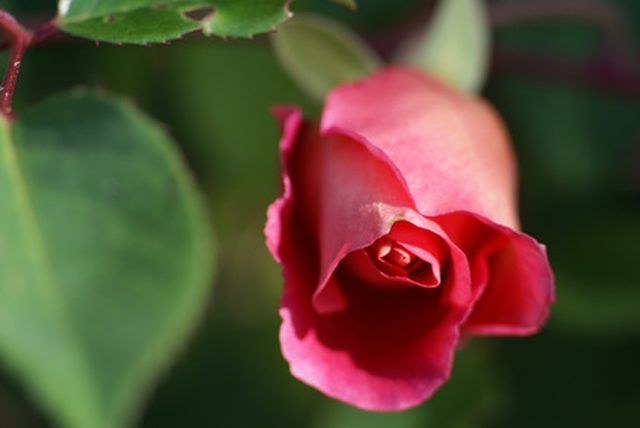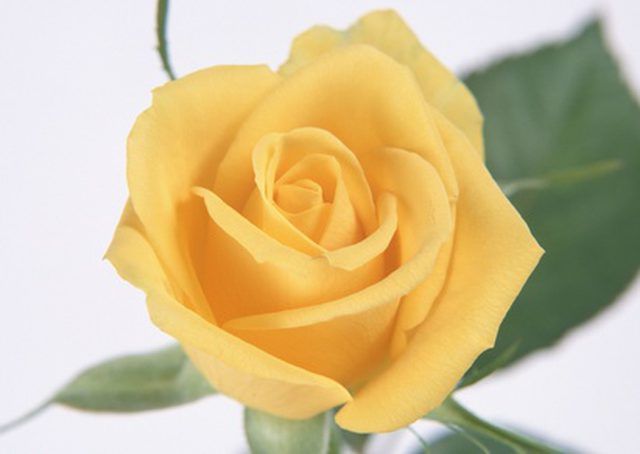Bulbs
Flower Basics
Flower Beds & Specialty Gardens
Flower Garden
Garden Furniture
Garden Gnomes
Garden Seeds
Garden Sheds
Garden Statues
Garden Tools & Supplies
Gardening Basics
Green & Organic
Groundcovers & Vines
Growing Annuals
Growing Basil
Growing Beans
Growing Berries
Growing Blueberries
Growing Cactus
Growing Corn
Growing Cotton
Growing Edibles
Growing Flowers
Growing Garlic
Growing Grapes
Growing Grass
Growing Herbs
Growing Jasmine
Growing Mint
Growing Mushrooms
Orchids
Growing Peanuts
Growing Perennials
Growing Plants
Growing Rosemary
Growing Roses
Growing Strawberries
Growing Sunflowers
Growing Thyme
Growing Tomatoes
Growing Tulips
Growing Vegetables
Herb Basics
Herb Garden
Indoor Growing
Landscaping Basics
Landscaping Patios
Landscaping Plants
Landscaping Shrubs
Landscaping Trees
Landscaping Walks & Pathways
Lawn Basics
Lawn Maintenance
Lawn Mowers
Lawn Ornaments
Lawn Planting
Lawn Tools
Outdoor Growing
Overall Landscape Planning
Pests, Weeds & Problems
Plant Basics
Rock Garden
Rose Garden
Shrubs
Soil
Specialty Gardens
Trees
Vegetable Garden
Yard Maintenance
Economic Importance of Rose Plants
Economic Importance of Rose Plants. The rose family (Rosaceae) is an amazingly large family of flowering plants characterized by flowers with five separate petals and numerous stamens that protrude from a cup-like base. There are over 2800 species of ornamental roses: over 100 of these are wild with 35 native to the United States. Rosaceae is the...

The rose family (Rosaceae) is an amazingly large family of flowering plants characterized by flowers with five separate petals and numerous stamens that protrude from a cup-like base. There are over 2800 species of ornamental roses: over 100 of these are wild with 35 native to the United States. Rosaceae is the third largest plant family in both world distribution and economic importance. Plants in the Rosacea family are surpassed in number only by the plant families of peas (Fabales) and grass (Poaceae).
The Family Rosaceae
The Rosaceae family includes several popular fruit bearing plants such as almond (Prunus dulcis), apricot, (Prunus armeniaca), pear (Pyrus calleryana), plum (Prunus domestica), apple (Malus pumila), cherry (Prunus avium or sweet cherry) (Prunus cerasus or sour cherry), peach and nectarine (Prunus persica), strawberry (Fragaria ananassa) and raspberry (Rubus), as well as ornamental roses (Rosa). Plants from the Rosacae family yield fruits and flowers that are of immense economic importance. The value of these fruits, rose plants, cut roses and other products derived from the plant family support a wide variety of industries, farms and employees. The monies generated from product sales exceed $180 billion dollars annually.

Rose Bushes & Cut Flowers
Rose bushes are used as ornamental plants and cut roses are the favored flower of wedding bouquets and floral gifts. The majority of cut roses are sold by florist for three major United States holidays; Valentine's Day, Mother's Day and Christmas. However, roses are considered the "gift of lovers" and are sold year-around for floral delivery and cut flower sales. Roses sold during the three holiday periods may sell for up to ten times the cost of the price realized by growers during the remainder of the year. It is estimated, that as many as 130 billion rose stems are sold annually worldwide. Roses grown for transplant can be planted from early spring until late fall. Rose bush sales are a major portion of plant nursery and landscape plant contractor sales.
Fragrance
Bulgaria, which produces the famous "Bulgarian Rose", highly prized by the perfume industry for it's intense fragrance, has seen a sharp decline in rose production. Subsidies to farmers that grew Bulgarian Roses have been reduced and land cultivation has been diverted to more lucrative cash crops. To replace the depletion of Bulgarian Rose cultivation, other highly fragrant roses from Persia and Africa are grown for their fragrant oil. Rose essential oil is used in soaps, shampoos, lotions, potions and a plethora of cosmetic products.
North American Rose Growers
The number of North American growers of commercial roses has declined over the past decades from over 500 growers to less than 50. The majority of the world's rose supply is provided by over 200 million rose plants grown in Africa, Central and South America. North America is unable to compete with the low cost of labor available in these regions.
Economic Impact
Roses are cherished around the world for their beauty and scent. To meet the enormous demand for cut roses, rose bushes and rose oil, commercial growers plant literally tens of thousands of acres of roses. Growing roses is labor intensive as they require pruning, spraying, fertilizing and harvesting, most of which must be done by hand. Rose cultivation provides employment to workers in the farming, transportation, marketing, delivery industries as well as wholesale and retail sales outlets. Internationally, the cut floral industry, of which roses accounts for two-thirds of all selections, exceeds $40 billion dollars each year.
